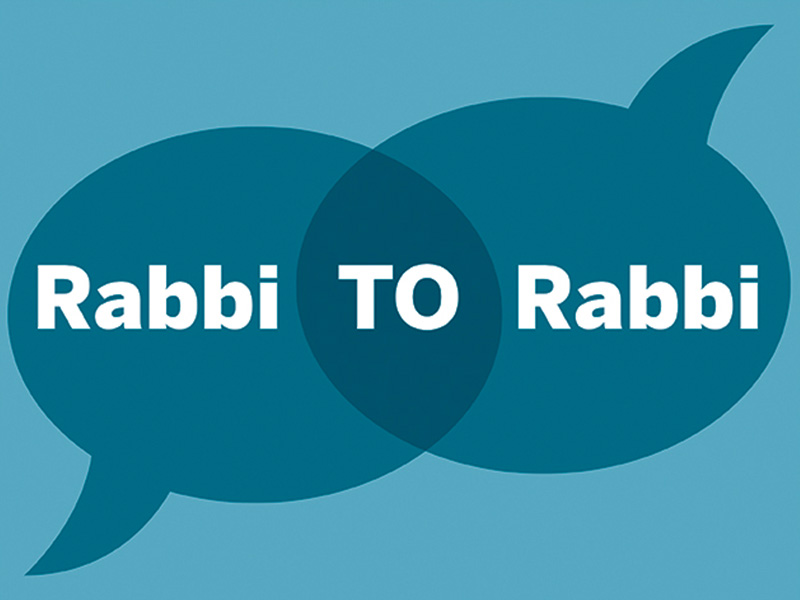Rabbi Avi Finegold
Founder, The Jewish Learning Library, Montreal
Rabbi Philip Scheim
Beth David B’nai Israel Beth Am Congregation, Toronto
Rabbi Finegold: In the past couple of years, I have noticed a marked increase in events billed as “challah bakes.” These functions are geared to women in the community as a way to do a mitzvah that is “theirs,” and often include a component of prayer for those who are ill or in need of assistance in the community.
Every time I come across a flyer for an event like this, I want to applaud it. But I also begin to ponder the nature of gendered mitzvot and whether the mitzvah of separating challah is actually the best vehicle for discussing separate roles for those of different genders in the community.
As a Conservative rabbi, how do you view gender and its role in ritual? Clearly you feel like the prayer space is fully equal, but is there a place in our faith for spaces and rituals that are only meant for men or women?
After all, if a man bakes bread, he is also obligated to separate challah.
Rabbi Scheim: The very day that I write this response, my synagogue is hosting a challah bake, with mostly, but not entirely, female participation.
In an earlier age, this would have suggested boundaries to the “woman’s place” in Jewish life. Certainly, in my congregation, this is not the case, since women can participate in ritual equal to men, with the exception of the kohen and levi Torah honours and Birkat Kohanim (the priestly blessing) on festivals, which we limit to men.
Upholding the distinction between the sexes when it comes to kohen/levi, and maintaining the tradition that such lineage is patrilineal while Jewishness is matrilineal, is not without controversy. There is room, I believe, for some degree of sex-specific roles in ritual, reflecting the challenging balance between classical/traditional modes and legitimate contemporary sensitivities.
Rabbi Finegold: Your examples seem to highlight what I think the underlying issue is here. In the 21st century, there are men who bake and would love to participate in challah bakes, thus undermining the stereotype that women belong in the kitchen and should, therefore, be the ones that make the bread in the family.
This is a major upheaval that leaves many people who want to cling to tradition feeling uncomfortable. On the other hand, the priesthood does not play a major role in most peoples’ lives and is an easier place to create sex-specific roles.
The dynamic at play here is that there is much more, even in traditional or Orthodox Judaism. By focusing on the differences that are specific to men or to women, we potentially create an unhealthy space for gender discussion. For example, in Orthodoxy, if we dwell on the commandments that are specific to women, rather than on the fact that the vast majority of mitzvot are open to both sexes, we are sending the message that women belong in the home and the mikveh, rather than in the beit midrash.
In essence, the contemporary sensitivity that you speak of seems to be more about redefining the existing Torah, something which I think we both can agree on.
Rabbi Scheim: Some patterns are definitely difficult to break. The Conservative movement has tried hard to encourage women to put on tfillin, suggesting that tfillin need not be exclusive to men. This endeavour has clearly not met with success, for very few women outside of the rabbinate have chosen to do so.
It may be that existing rituals, such as candlelighting and tfillin, have become so identified with one sex that they become very hard to introduce to the opposite sex, no matter whatever halachic justification one may find. You are right in suggesting that most mitzvot – especially those not time-bound such as prayer, study, Sabbath and festival observance – apply equally to men and women. That “common ground” aspect of Judaism certainly deserves greater emphasis.
Having just left Ben-Gurion Airport earlier today, walking by the booth where men are encouraged to put on tfillin, it occurs to me that outreach for men and women together to engage in practise of Jewish ritual would be a welcome addition to the public Jewish sphere. With a combination of creativity and audacity, perhaps such an opportunity could be created.
